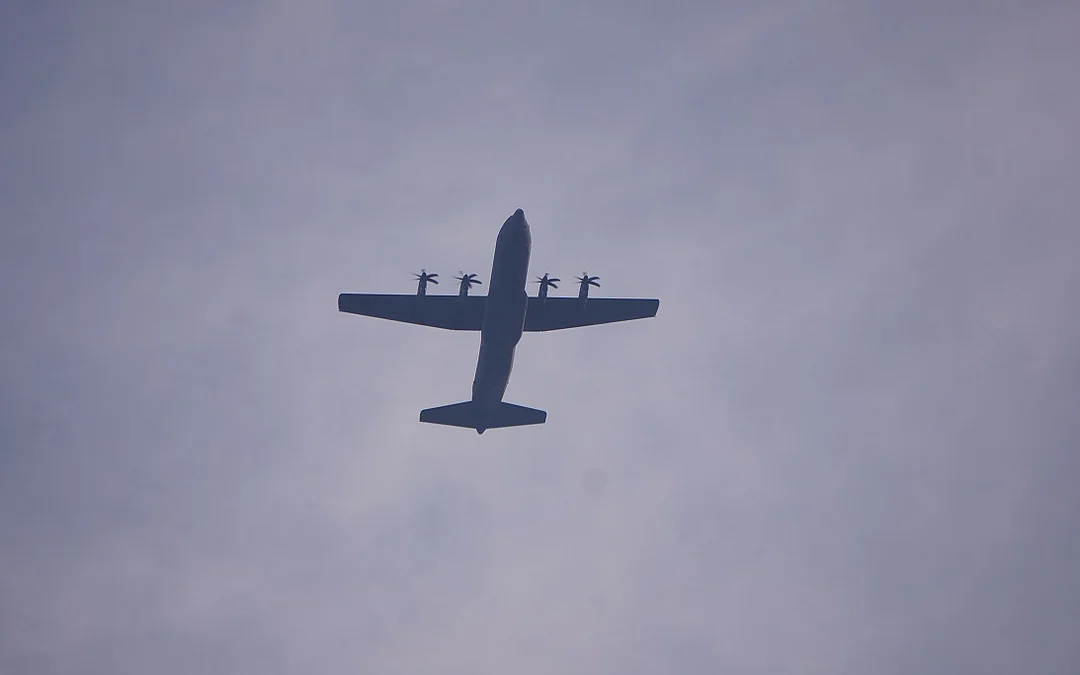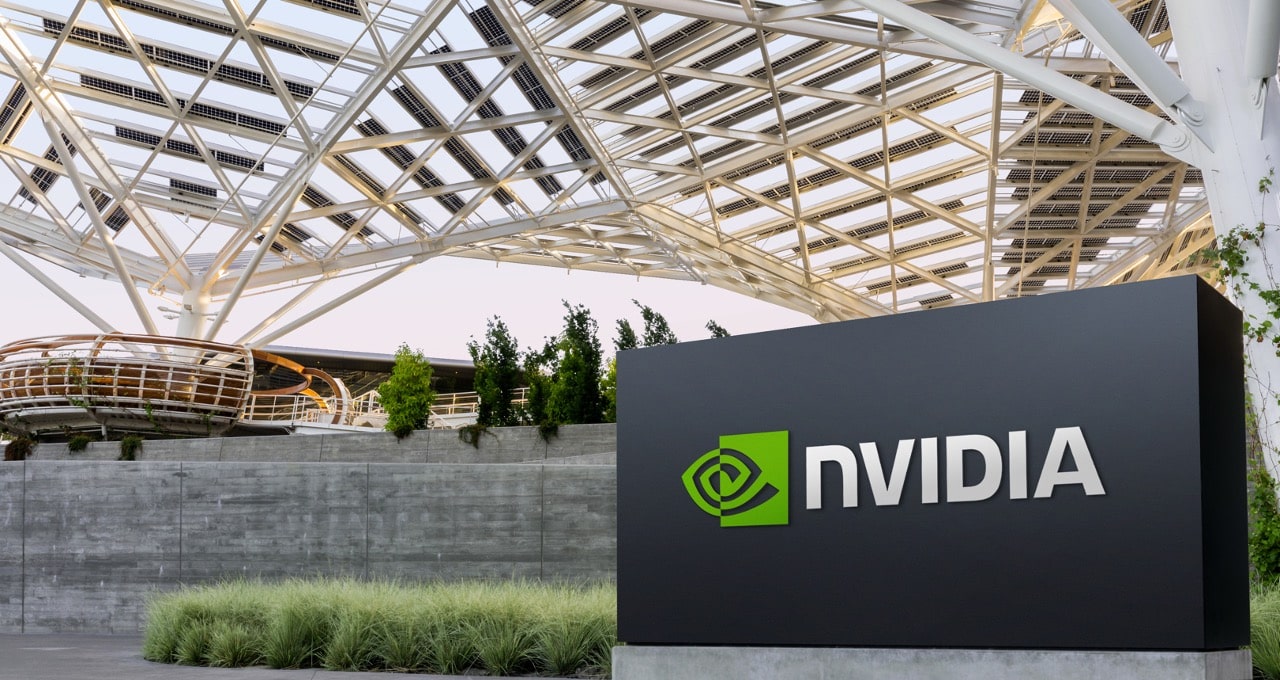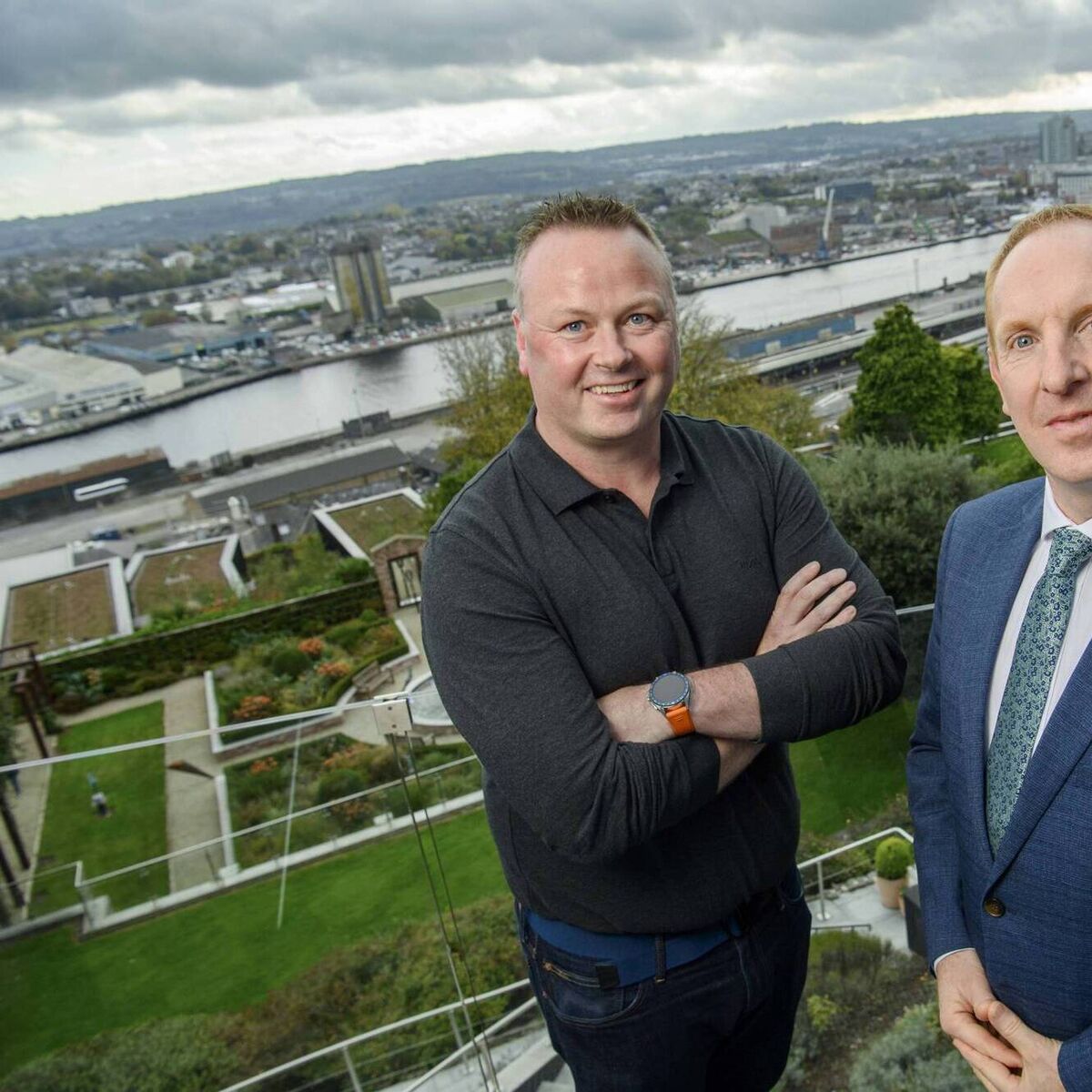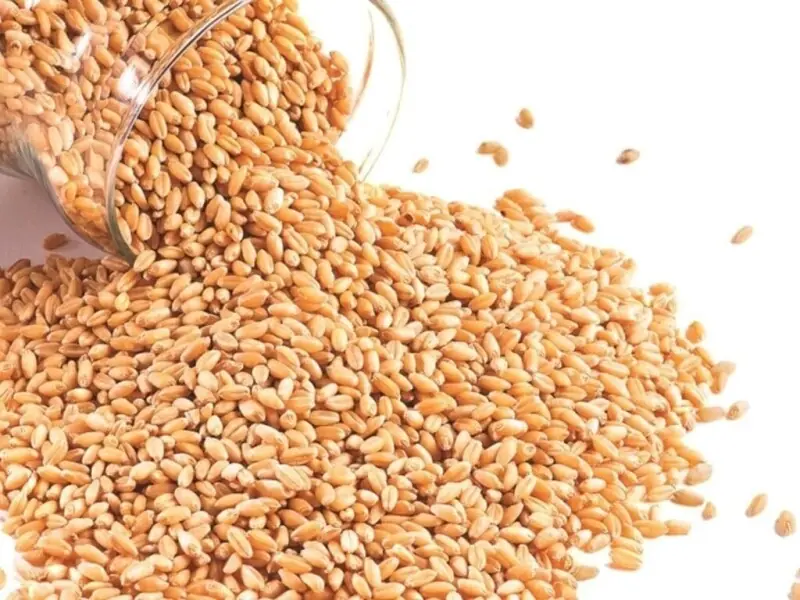Copyright downtoearth

Delhi’s air pollution isn’t going to end. Smoke from factories, cars, and stubble burning in the nearby states of Punjab and Haryana chokes the city. The Diwali fireworks have also made things worse. The air quality index (AQI) is presently at a dreadful level (about 300), and if things become any worse, it might cross the danger mark at any time. The Delhi government is preparing to perform ‘cloud seeding’, or make artificial rain, to address this scary situation. The seeds of rain will be planted in the skies over Delhi for the next three days, October 28, 29, and 30, if everything goes as planned. The Delhi government has already tried cloud seeding from IIT Kanpur to Delhi, passing through Meerut, Khokar, and Burari.What is cloud seeding?In this cutting-edge technology, rockets, planes, or drones spray clouds with silver iodide (AgI), a chemical consisting of silver and iodine that is commonly used as a pesticide in farming and as an antiseptic in everyday life. It is also widely employed in photography. You can also use potassium iodide for this. But below 147°C, the most stable form of silver iodide is hexagonal. This structure is very similar to how ice molecules are arranged. Each silver atom is connected to four iodine atoms via tetrahedral bond, just like each oxygen atom in an ice crystal is connected to four water molecules. Because of this, scientists choose this chemical first for making artificial rain. Ice particles quickly begin to accumulate around these AgI particles, causing them to become increasingly heavy. As the mass increases and exceeds the limit value, these particles can no longer float in the sky, falling into the earth’s orbit.Cloud seeding is often done on three types of clouds: static clouds, dynamic clouds, and hygroscopic or water-absorbing clouds. In the first case, chemicals are applied to cold clouds to increase snowfall or precipitation; in the second case, chemical catalysts are used to increase vertical air movement in the clouds; and in the third case, chemical powders are sown in hygroscopic clouds to accelerate raindrop formation along coastlines.Can Delhi’s air be cleaned by artificial rain? The right answer to this question depends on how much moisture is in the cloud, how hot and windy it is, and how much cloud seeding has been done. Research has demonstrated that cloud seeding can enhance the likelihood of precipitation by as much as 20 per cent. Artificial rain can wash away PM 2.5 and PM 10 pollution in Delhi’s air. But this alleviation won’t last long; experts say that the pollution level will rise again in a few days..The first application of this concept, which originated in 1946, occurred during the Vietnam War. Since then, the technology has been used in various circumstances, including managing fog in airports and wildfires (in the United States) and altering rain patterns (during the Beijing Olympics in China in 2008). This cloud seeding is efficient at combating drought conditions in the Middle East’s harsh temperatures, particularly in the United Arab Emirates. This is not the first time this technique has been used in India; before, it was used to control drought conditions in Marathwada, Maharashtra. This time, the device will be used to control pollution in the national capital.But this is never a long-term solution, which is why many experts have said cloud seeding without finding out what is really causing air pollution is a bad idea. Many individuals are also worried that the toxins in rainwater could hurt our skin or lungs. Researchers have figured out, nevertheless, that the amount of silver iodide utilised in this scenario won’t have much of an effect on us. However, this technology will definitely influence the environment. Experts have also warned that if cloud seeding is mixed with heavy rain, a flood will occur, and no one will be liable. Therefore, artificial rain doesn’t help in the long run unless the cause of the problem is entirely removed..Shamim Haque Mondal is with the Physics Division, State Forensic Science Laboratory, KolkataViews expressed are the author’s own and don’t necessarily reflect those of Down To Earth



